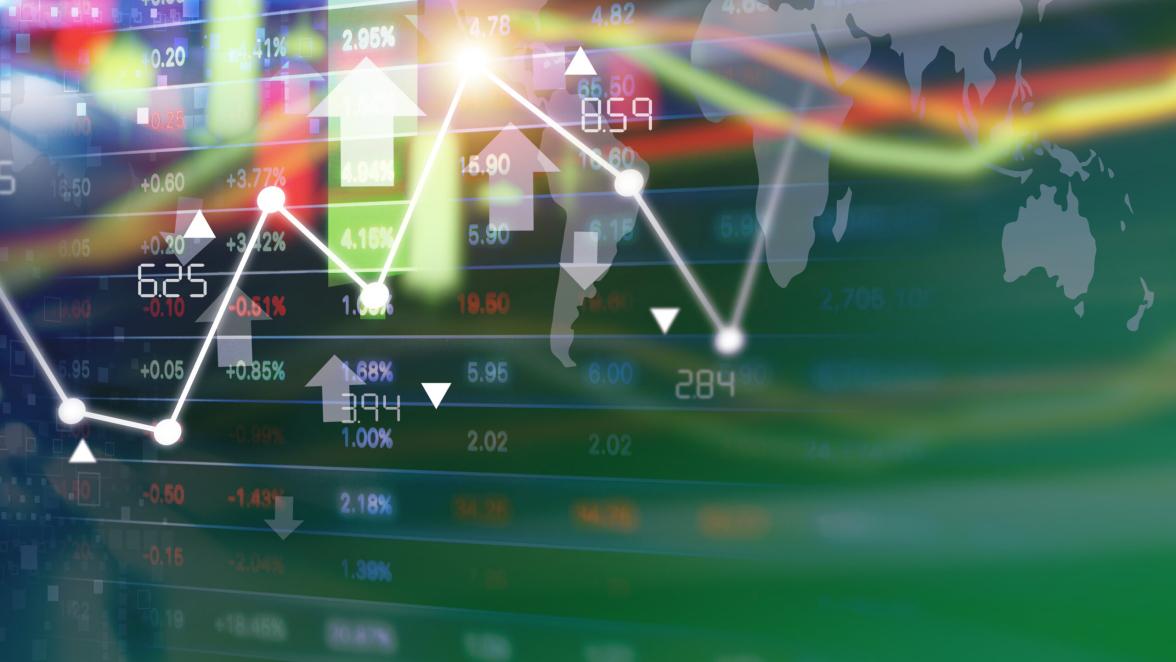We frequently write about the stock market as a leading indicator of the real economy. The idea being the market will anticipate the economic environment to come, rallying in the face of awful economic news and selling off in the face of constructive economic news. We have come back to that dynamic often the past few months as we’ve been asked to reconcile the strong rebound in risk assets relative to the very dispiriting economic data of late. Consider that off its March 23 low of 2,192, the S&P 500 Index (S&P 500) is up 30%+ while the US unemployment rate sits at 14.7% and we lost 20.5 million jobs in April. The market is looking forward to a much more benign economic environment, and pricing in the unprecedented policy response to the coronavirus from the Federal Reserve and the Federal Government. We also think the economy bottomed out in April. Said differently, we see the move higher in the market as justified, and we continue to see the March 23 low in the S&P 500 as the low for the current market cycle, an opinion we have spoken to via our Brinker Capital Bear Market Bottom Checklist. If history is any guide, there are two other points worth noting about the market’s move higher over the 40 trading days ending May 19, both of which come courtesy of our friends at Strategas. First, big moves higher like the one we have seen of late have typically taken place at bear market bottoms. Second, big moves higher like the one we have seen of late are typically followed by further gains for the market 125+ and 250+ trading days out. Think of it as the market being a leading indicator, for the market.
The views expressed are those of Brinker Capital and are not intended as investment advice or recommendation. For informational purposes only. Brinker Capital, Inc., a registered investment advisor.Tagged: Market perspectives, weekly wire, Tim Holland, S&P 500 Index, COVID-19, unemployment rate, stock market





























